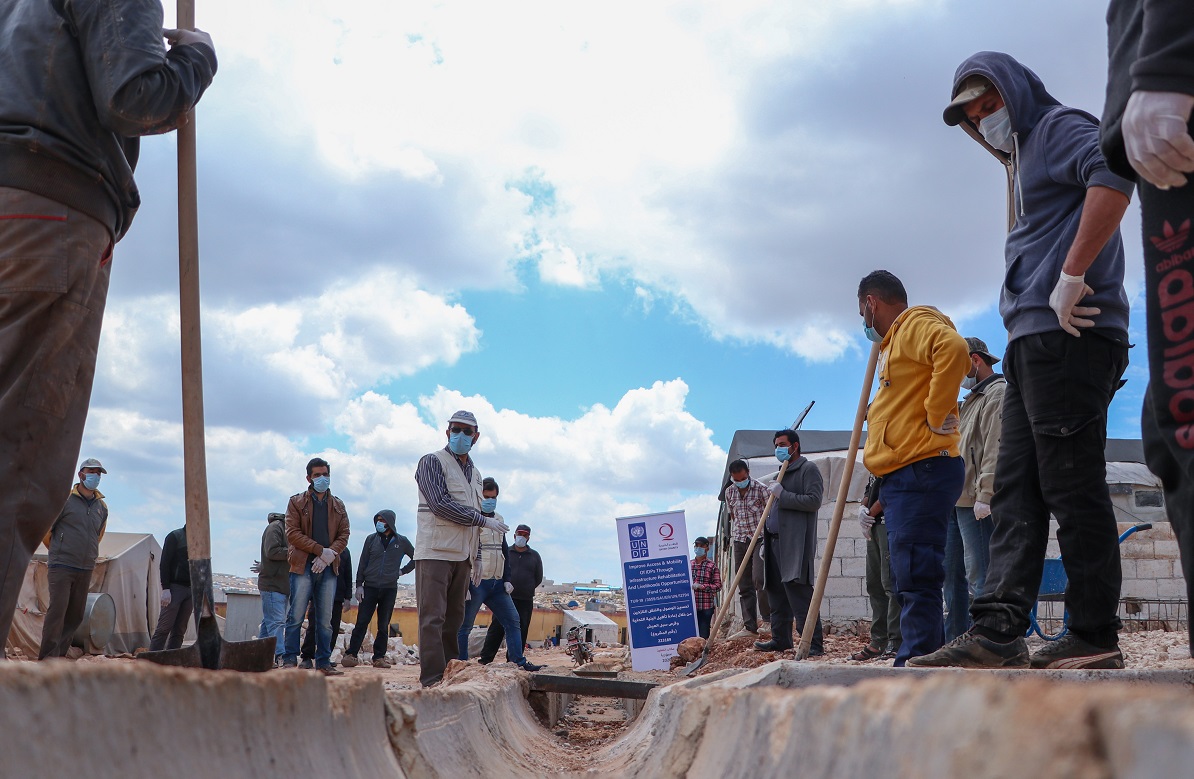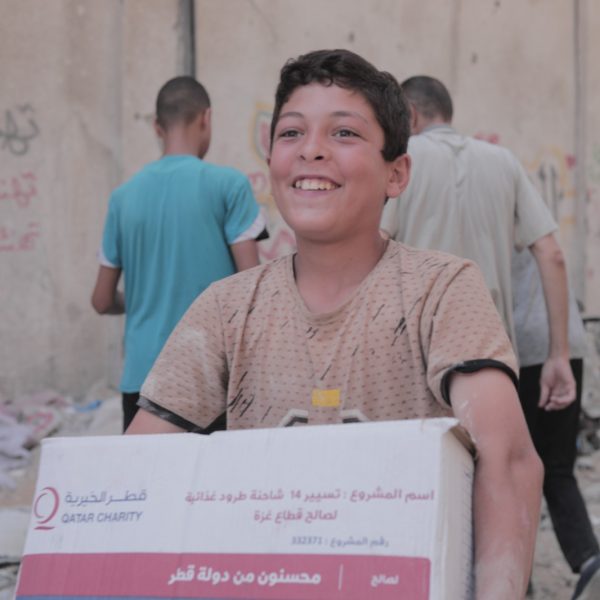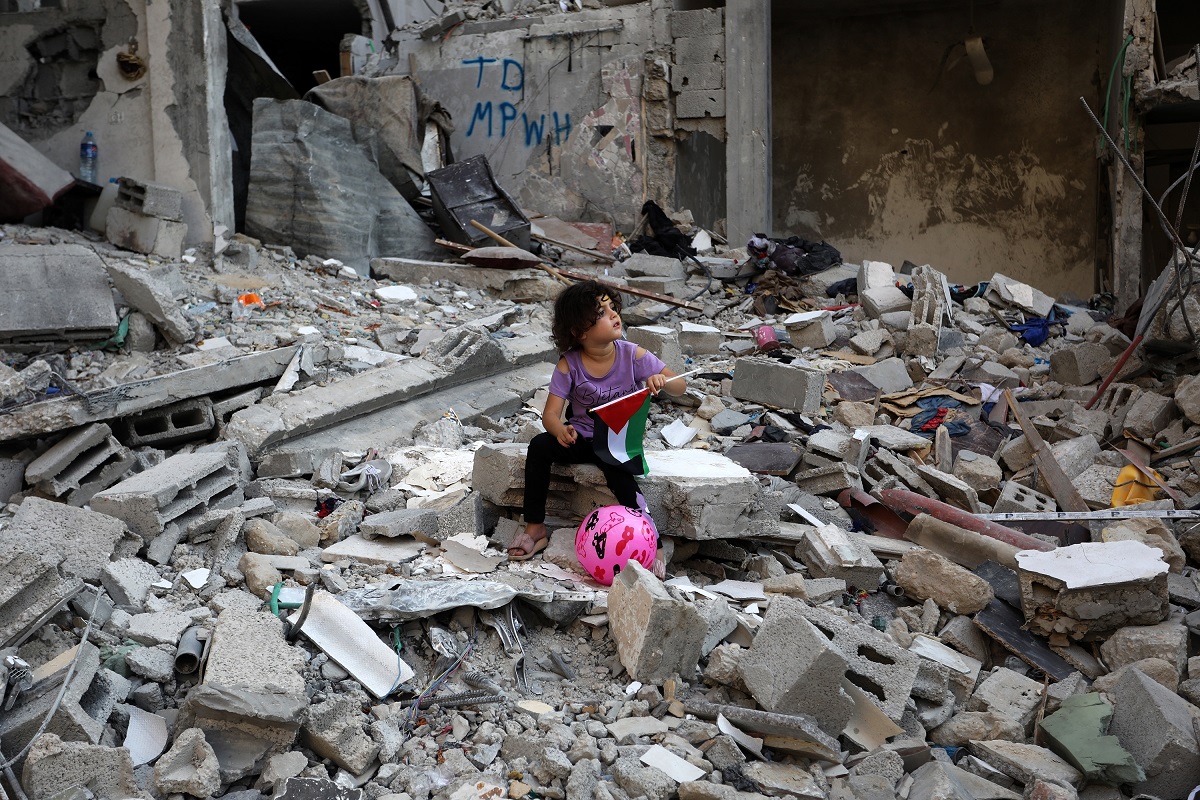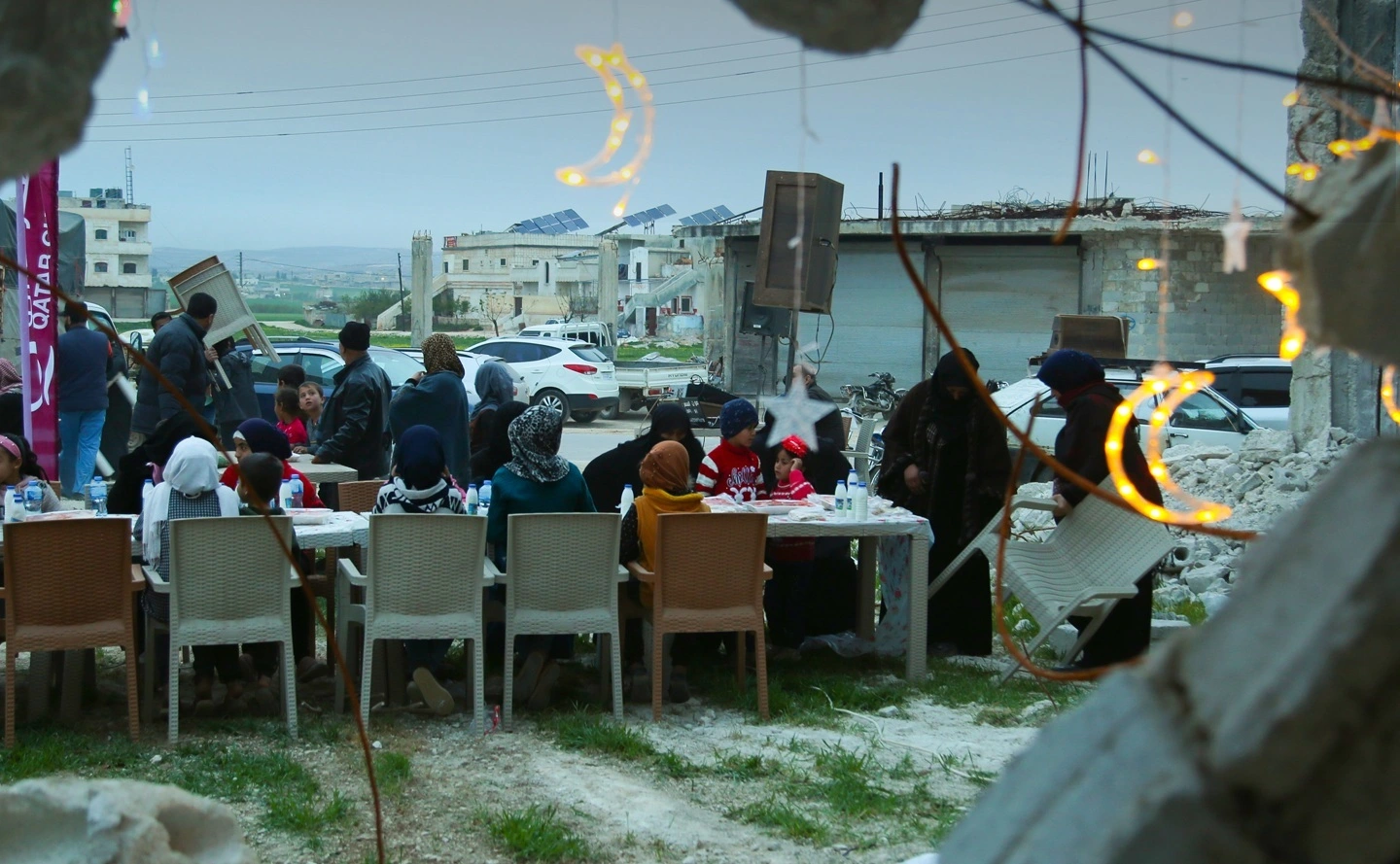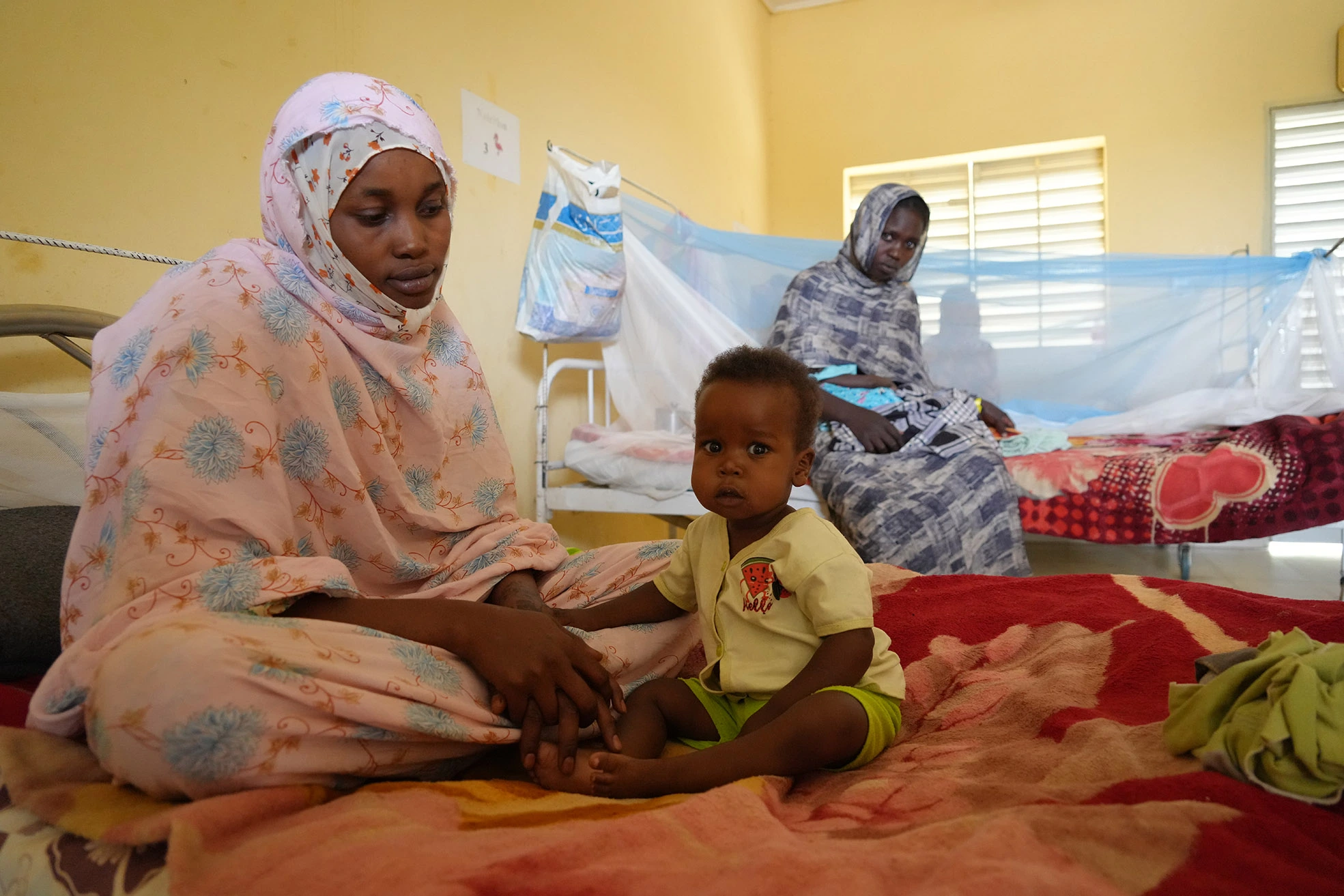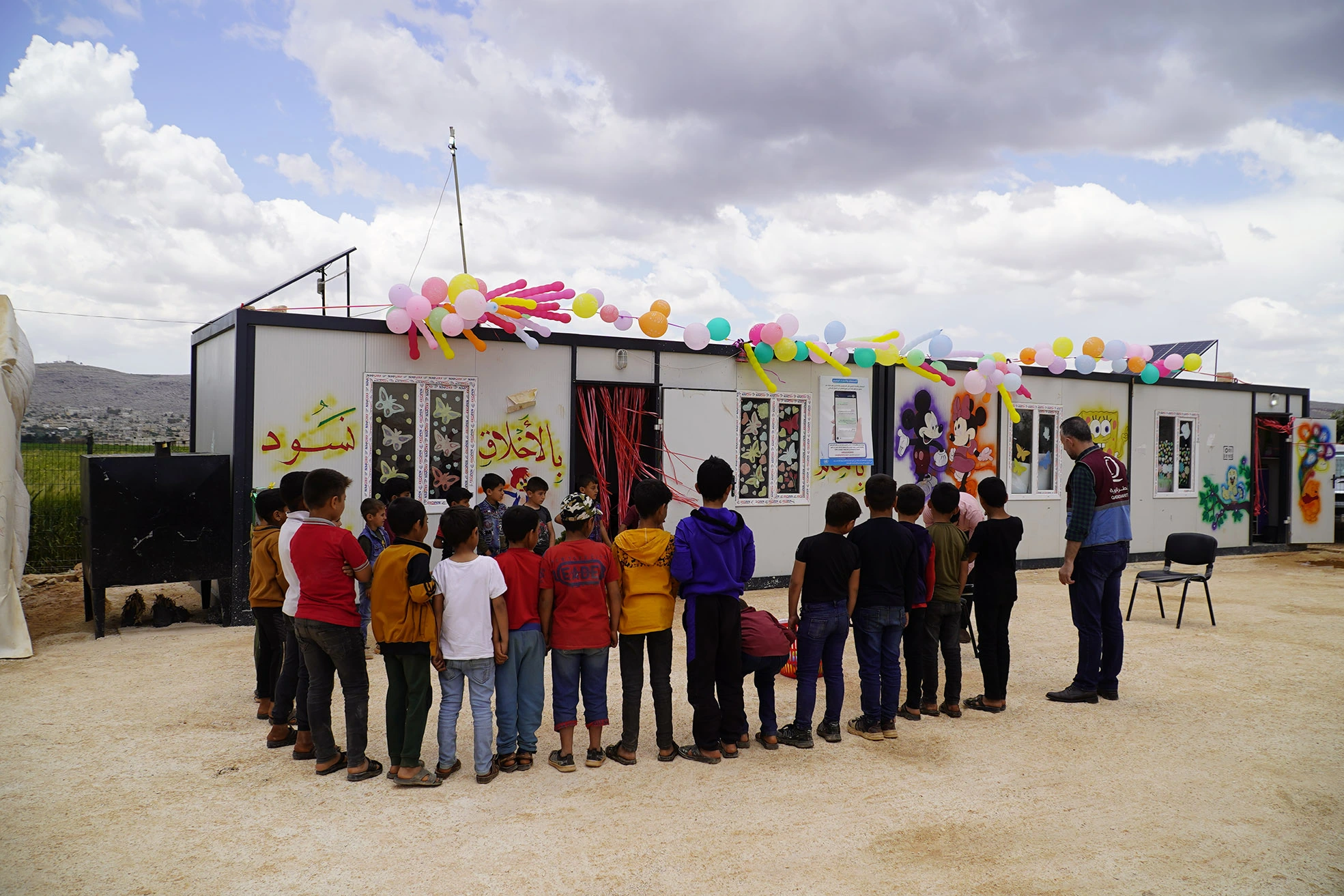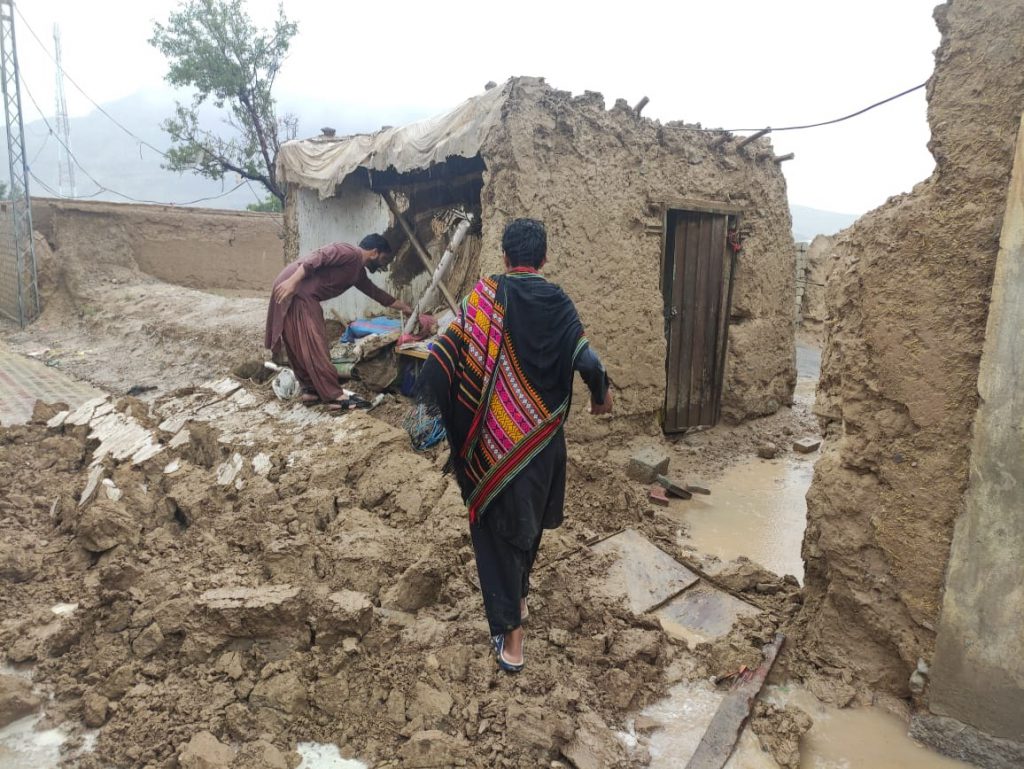As winter blankets the world with its chilly embrace, it is imperative to shed light on the plight of those living in conflict-affected regions. In the midst of adversity, the bitter cold becomes an additional challenge for communities already grappling with the harsh realities of conflict. This article aims to explore the importance of expanding cold weather relief efforts in these areas and the role they play in fostering hope during challenging times.
Table of contents
The Cold Reality of Conflict
Conflict not only disrupts lives and displaces communities but also intensifies the vulnerability of individuals to the unforgiving winter weather. Families forced to flee their homes often find themselves in makeshift shelters, lacking adequate protection from the biting cold. Limited access to essential resources, such as warm clothing, heating, and nutritious food, further exacerbates the challenges faced by conflict-affected populations.
Threats Faced by Conflict-Affected Communities During Winter
Dangers faced by vulnerable communities during the winter season in conflict-affected regions are multifaceted and severe. Inadequate shelter exposes them to the risk of hypothermia and respiratory illnesses, particularly among the elderly and young children. The scarcity of proper heating mechanisms often leads families to resort to unsafe alternatives, such as makeshift stoves or open flames, increasing the likelihood of accidental fires within already precarious living conditions. Furthermore, the scarcity of clean water sources coupled with freezing temperatures poses a threat to hygiene, making communities susceptible to waterborne diseases. Access to medical care becomes more challenging as icy roads and harsh weather conditions hinder transportation, leaving vulnerable populations with limited or no access to essential healthcare services. These compounding challenges underscore the urgency of bolstering cold weather relief efforts to mitigate the heightened risks faced by those living in conflict-affected regions during the winter months.
Expanding Relief Efforts
Recognizing the urgent need to address the winter-related hardships faced by those in conflict zones, humanitarian organizations are increasingly focusing on expanding cold-weather relief efforts. This involves the distribution of winter kits containing essentials like thermal blankets, warm clothing, and heating materials. Additionally, efforts are made to enhance shelter conditions, ensuring vulnerable populations have a secure and warm place to stay during the colder months. It cannot be overstated how crucial it is to provide access to medical care. This is especially important when it comes to protecting vulnerable individuals and fighting infectious diseases.
Collaborative Initiatives
Winter aid requires a collaborative approach involving governments, non-governmental organizations (NGOs), and local communities. NGOs contribute their expertise and resources to ensure the effective implementation of relief programs. Local communities, despite facing adversity, often play an active role in supporting these initiatives, showcasing resilience and solidarity.
Impact on Vulnerable Populations
Expanding cold weather relief efforts goes beyond providing physical comfort; it injects a sense of hope into communities worn down by conflict. The tangible support offered through winterization initiatives not only safeguards the health and well-being of vulnerable populations but also sends a powerful message – a reminder that they are not forgotten, even in the harshest of conditions.
Challenges and Innovations:
While progress is possible, challenges persist in delivering aid to conflict-affected regions during winter. Logistics, security concerns, and funding constraints can impede the timely and efficient implementation of relief efforts. Innovations, such as airdrops and technology-driven solutions, are being explored to overcome these challenges and reach remote areas where assistance is most needed.
Conclusion:
As we navigate through the winter season, we must extend our gaze to those in conflict-affected regions, where the cold is not just a weather phenomenon but a formidable adversary. Expanding cold weather relief efforts is a testament to our shared humanity, demonstrating our commitment to alleviating the suffering of those caught in the crossfire of conflict.


